Asserion : The acceleration of an object at a particular time is the slope of the velocity-time graph at that instant of time.
Reason : For uniform motion acceleration is zero.
If both assertion and reason are trure and reason is the correct explanation of assertion.
If both assertion and reason are true but reason is not the correct explanations of assertion.
If assertion is true but reason is false.
If both assertion and reason is false
The correct Answer is:(b)
To solve the assertion and reason question, we will analyze both statements step by step.
Step 1: Understanding the Assertion
Assertion: The acceleration of an object at a particular time is the slope of the velocity-time graph at that instant of time.
- Explanation: Acceleration is defined as the rate of change of velocity with respect to time. Mathematically, this is expressed as:
a=dVdt
In a velocity-time graph, the slope of the graph at any point indicates how much the velocity is changing at that instant. Therefore, the assertion is true.
Step 2: Understanding the Reason
Reason: For uniform motion, acceleration is zero.
- Explanation: In uniform motion, the velocity of the object remains constant. This means that there is no change in velocity over time. Thus, the acceleration, which is the change in velocity divided by time, is:
a=dVdt=0
Therefore, the reason is also true.
Step 3: Analyzing the Relationship Between Assertion and Reason
- While both the assertion and the reason are true, the reason does not explain the assertion. The assertion is about the definition of acceleration in terms of the slope of the velocity-time graph, while the reason discusses a specific case (uniform motion) where acceleration is zero.
Conclusion
- Final Answer: Both the assertion and the reason are true, but the reason is not the correct explanation of the assertion.
---
Assertion: The acceleration of an object at a particular time is the slope of the velocity-time graph at that instant of time.
a=dVdt
In a velocity-time graph, the slope of the graph at any point indicates how much the velocity is changing at that instant. Therefore, the assertion is true.
Reason: For uniform motion, acceleration is zero.
a=dVdt=0
Therefore, the reason is also true.
- While both the assertion and the reason are true, the reason does not explain the assertion. The assertion is about the definition of acceleration in terms of the slope of the velocity-time graph, while the reason discusses a specific case (uniform motion) where acceleration is zero.
- Final Answer: Both the assertion and the reason are true, but the reason is not the correct explanation of the assertion.
Topper's Solved these Questions
- MOTION IN A STRAIGHT LINEBOOK - NCERT FINGERTPS ENGLISHCHAPTER - MOTION IN A STRAIGHT LINEEXERCISE - Higher Order Thinking Skills
10 Videos
- MOTION IN A STRAIGHT LINEBOOK - NCERT FINGERTPS ENGLISHCHAPTER - MOTION IN A STRAIGHT LINEEXERCISE - NCERT Exemplar
6 Videos
- MOTION IN A STRAIGHT LINEBOOK - NCERT FINGERTPS ENGLISHCHAPTER - MOTION IN A STRAIGHT LINEEXERCISE - NCERT EXEMPLAR PROBLEMS
6 Videos
- MOTION IN A PLANE BOOK - NCERT FINGERTPS ENGLISHCHAPTER - MOTION IN A PLANE EXERCISE - Assertion And Reason
15 Videos
- OSCILLATIONS BOOK - NCERT FINGERTPS ENGLISHCHAPTER - OSCILLATIONS EXERCISE - Assertion And Reason
15 Videos
Similar Questions
Knowledge Check
Position-time graph for motion with zero acceleration is
A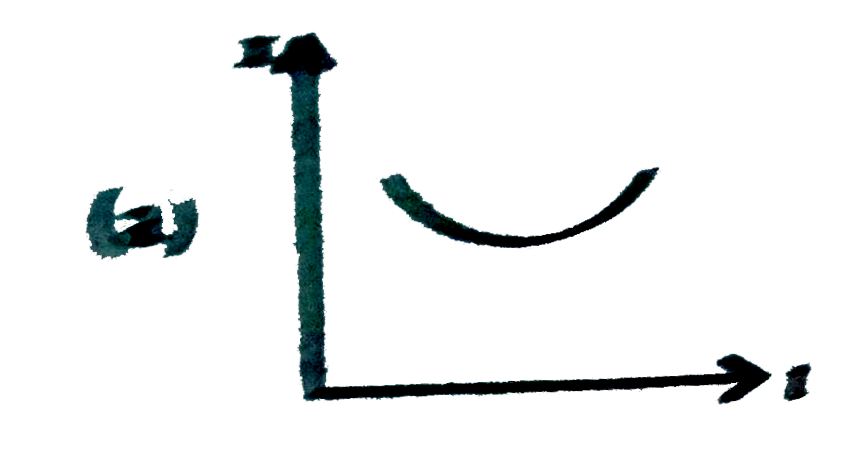 B
B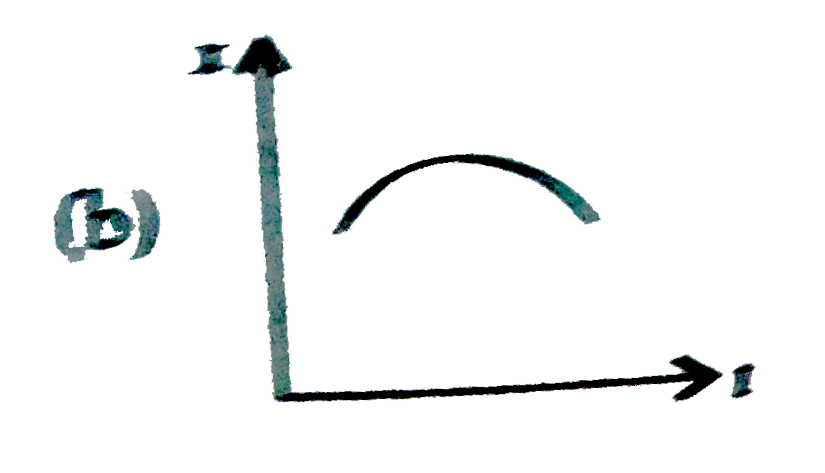 C
C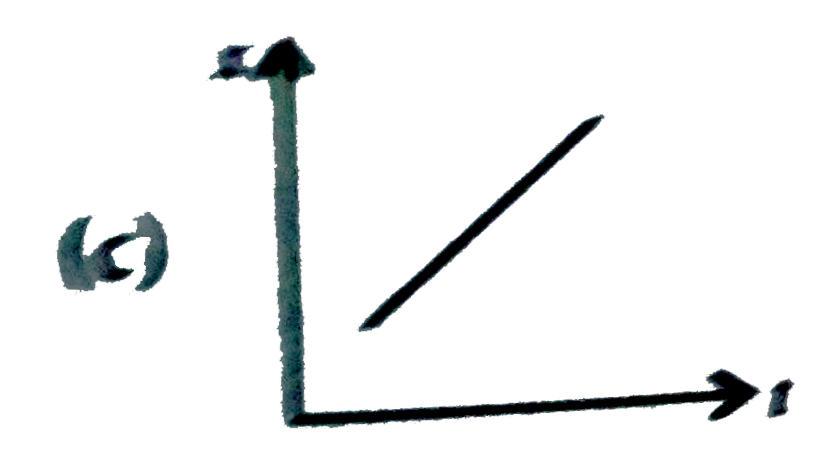 D
D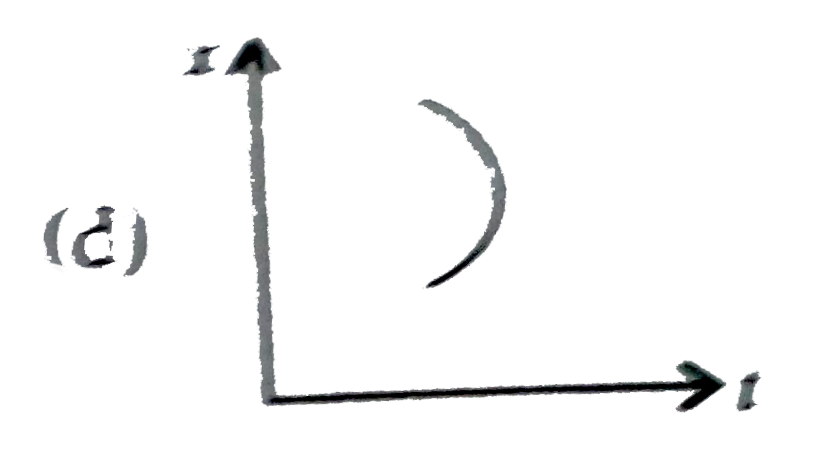
For a uniformly retarded motion, the velocity-time graph is :
Aa curveBa straight line parallel to the time axisCa straight line perpendicular to the time axis.Da straight line inclined to the time axis.
Draw the shape of the velocity-time graph for a body moving with (a) uniform velocity, (b) uniform acceleration.
View SolutionDraw the velocity-time graph of an object moving with uniform negative acceleration.
View SolutionPosition - time graph for motion with negative acceleration is
View SolutionPlot the acceleration-time graph of the welocity-time graph given in.
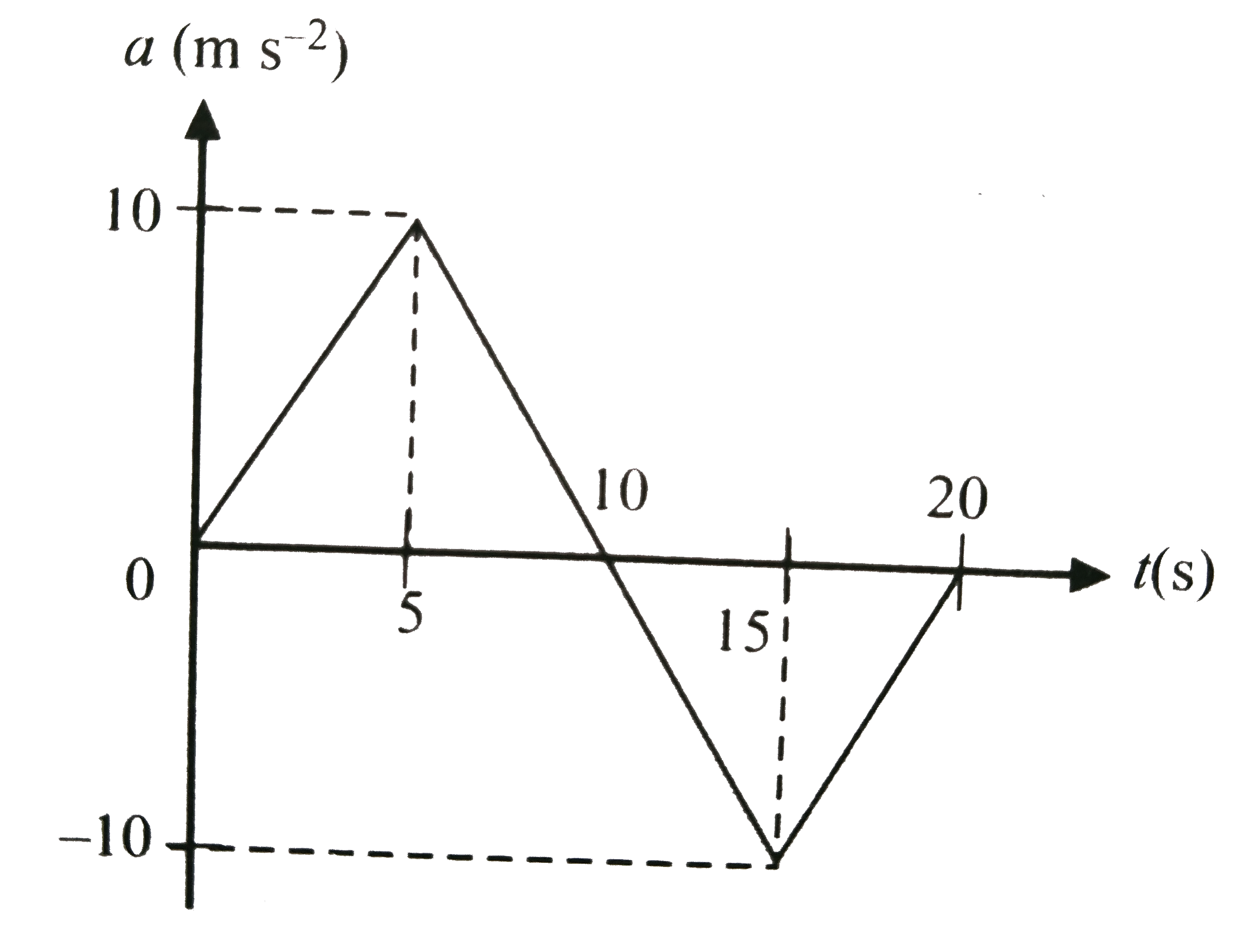 .
.
View Solution
The acceleration time graph of a body is shown below the most probable velocity time graph of the body is
View SolutionHow can you determine the displacement and the acceleration of an object from its velocity-time graph?
View Solution
